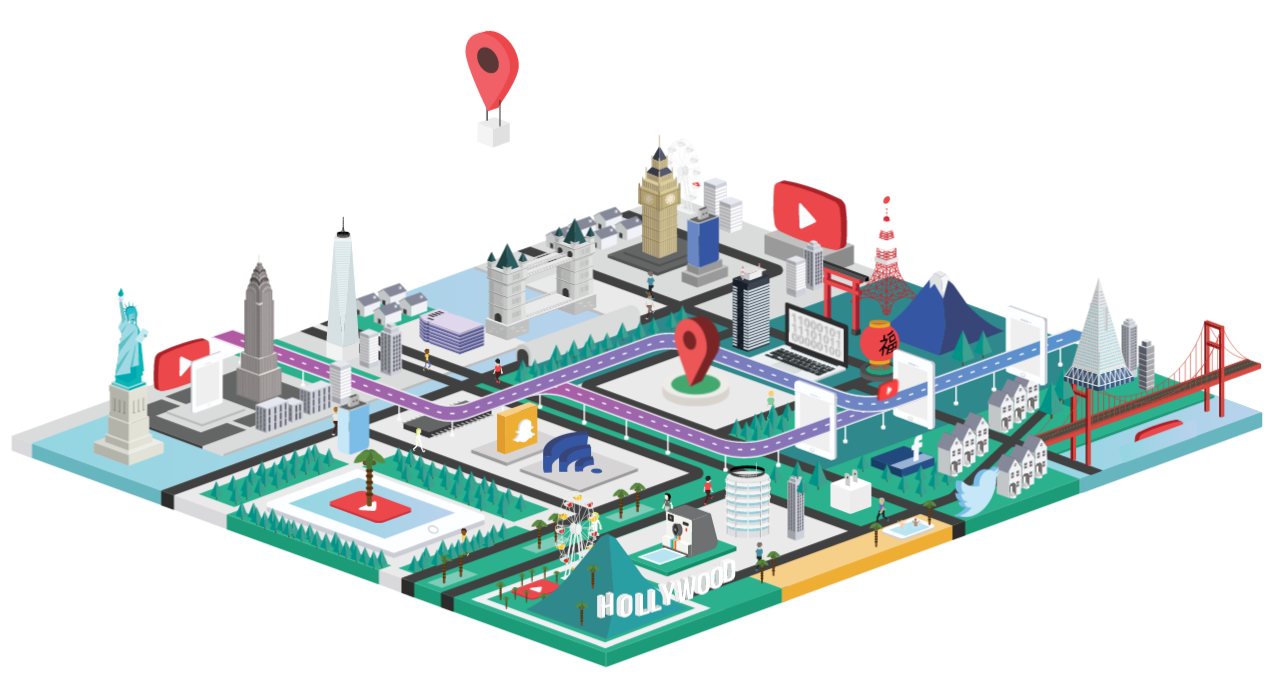The ad industry often uses people’s web behavior data to serve them ads. But, targeting based on demographic data could easily reach the wrong person with the wrong ad. Contextual targeting uses the video content people are watching to serve them the right ad at the right time.
Today IPG Media Lab, in partnership with Zefr, released their joint study on the effectiveness of running video ads alongside contextually relevant content on YouTube. The research includes almost 9,000 consumers, 5 different industry verticals and examines 4 different types of contextual targeting methods. The IPG Media Lab also employed next gen tools to track consumer attention while they watched the ads.
The study answers the following questions:
• Does contextual targeting improve the consumer experience?
• When consumers are in different mindsets, do their brains interpret the ad differently?
• Does placement alongside contextually relevant content make ads work harder against brand KPIs?
• What types of contextual targeting are most effective, if any?
Interested in learning more? Download the full report below to dive into the results. Or, you can follow a more visual narrative with the link below.
Download the full Power of Relevance deck here.
Or, walk through a visual narrative here.

